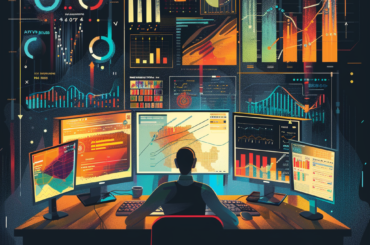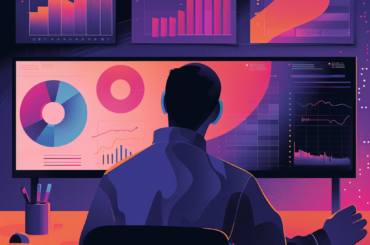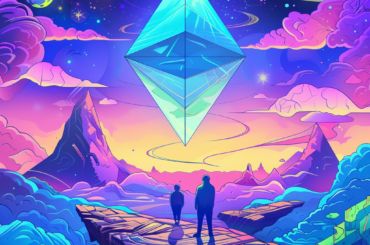Technology has had a massive effect on the way people do business. When we look at marketing specifically, there have been three waves of technological advancement during this time: Web 2.0, Social Media, and now Web 3.0.
Web 1.0 was all about static pages of information (text and graphics).
Then came Web 2.0, where everything became interactive, social media networks started to emerge, and people could begin interacting with one another by means of blogs, tweets, and Facebook posts. And what is next?
Web 3.0. The Decentralized Web.

It’s time to get excited about the future of the Internet. Web 3.0 is commonly considered the next generation of Internet and web protocol, with many experts predicting that this new development will have significant implications on businesses and society.
So, what exactly is Web 3.0? What happened to Web 1.0 and 2.0?
The first wave of the Internet was Web 1.0, which started in 1994 and ended around 2000. It is the first stage of the development of WWW (World Wide Web) that was characterized by static websites.
The second phase of the Internet is Web 2.0, which refers to the websites that integrate user-generated content and focus on UX.
The Web 2.0 revolution brought about a shift in how we communicate and consume information online. Social media sites such as Facebook, Twitter, and YouTube became more prevalent, while mobile apps like Instagram made it easier to access data on the go.
Web 2.0 focuses on the capacity of internet-connected computers- servers.
Web 3.0 is the next generation of the World Wide Web. It involves semantic web technology and artificial intelligence. Web 3.0 will be the next phase of growth for web businesses, building on the interactive and socially connected websites of Web 2.0 and the informational sites from Web 1.0.
Web 3.0 is an upgraded version of Web 2.0 and is characterized by creating a virtual world within the Internet through websites such as online virtual shopping malls, which allow users to interact with each other and buy products.
Web 3.0 offers not only personalization but also the Semantic Web, which provides a framework for information to be reused and shared more easily among programs, communities, and companies. This kind of technology will allow content distribution, and control of online privacy, offering various ways for information sharing.
What is Web 3.0 Marketing?
Web 3 Marketing is a concept that explores the web by looking at trends and new technologies. It’s not just evolving, it’s revolutionizing the way we think about the Internet. Web 3.0 marketing is more than just websites and search engine optimization(SEO).
A Web 3.0 environment enhances the user experience by providing rich and interactive advertising opportunities. This is a boon for marketers because they can now deliver more targeted ads to consumers. With Web 3, marketers will be able to provide a more efficient strategy and advertise their products.
Why?
They would have access to many different sources of information which will affect their purchase decisions. The advanced user experience capabilities of Web 3.0 marketing allow marketers to dive into a whole new world full of innovation in advertising and marketing.
Key Features of Web 3.0 Marketing
Semantic Web (SW) As mentioned prior in the article, the semantic web will enable computers and humans to communicate more efficiently. The SW will use metadata to describe the content in a machine-readable fashion.
Artificial Intelligence (AI)
With the Natural Language Processing (NLP) technology (helps computers understand, interpret and manipulate human language) in Web 3.0, computers would be more like a human and understand the data provided better, which would provide more accurate and quick solutions and responses.
Ubiquitous
Web 3.0 is ubiquitous; it is accessible by everyone, every device, and every application. The number of devices connected to the Internet increases every day, thanks to the Internet of Things (IoT), which enables the ubiquitous web.
Decentralization
Decentralization is the core of Web 3.0. As we mentioned before, Web 3.0 is often called a decentralized web or semantic web. So what is decentralization? In Web 2.0, computers use the HTTP protocol to identify and find information stored on servers- generally a single server- at a specific location. In Web 3.0, the information would be held in various locations simultaneously instead of just one location. Therefore, there would be no center for data storage.
3D
People will be more and more attracted to three-dimensional design in the future because it can help people understand better than two dimensions.
Moreover, because of the development of Web 3.0, more and more applications use three-dimensional design, such as virtual reality (VR), augmented reality (AR), and 3D product visualization.
So far, having understood what WEB 3.0 marketing is and its main features, in the following article, we will deal with the role of the blockchain in Web 3.0 marketing and how to prepare your brand for Web 3.0 marketing. Do not hesitate to contact me and share your thoughts.
Cheers,
Shlomi Sharabi





